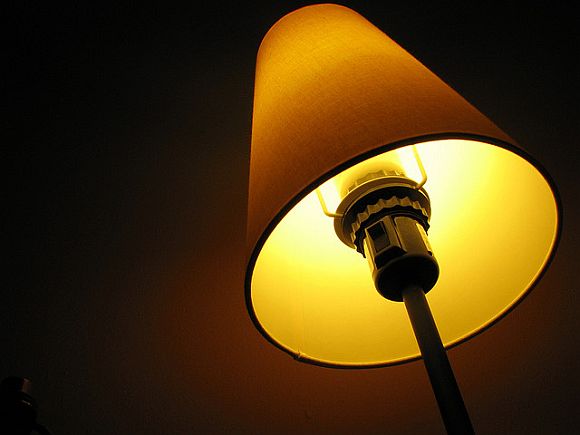
The U.S. is in the middle of a boom–or, should we say, a boomer. The nation’s baby boomer generation is now turning 65 in record numbers; nearly 7,000 a day. This generational milestone not only has repercussions on the healthcare, homebuilding and other industries, but has also promoted a number of clever nicknames for the event. Our favorite? “The silver tsunami.”
Studies have shown that, as people age, they are more apt to stay in their homes, as opposed to moving to an assisted living or similar facility. But unless a home is built to Universal Design specifications, accessibility and functionality can become problematic as homeowners age, especially if they face injuries or debilitating illnesses.
The good news? Your home can usually be modified to incorporate Universal Design standards. If you’re considering these updates, or want to invest in a little long-term planning, we’ve compiled three focus areas that are vital to a home’s functionality.
1. Flooring: The type of flooring within a home can be key to accessibility–and safety–if you have older residents or those needing to get around using a walker or wheelchair. Carpeting isn’t off-limits, but you don’t want it to be too plush. Experts recommend discarding any area or throw rugs, which can become trip hazards. You may want to consider a hard surface floor such as tile, hardwoods or cork, although keep in mind that a harder surface can worsen injuries because there isn’t any cushion with which to break a fall.
2. Doorways: In most homes, the doorway width averages between 28 and 30 inches. In older homes, that width may decrease to 24 inches. To accommodate standard walkers or wheelchairs, doorways should be at least 32 inches wide. If you plan to stay in your home for the long-term, you may want to measure your doorways to see if you’ll need to widen them. This is work that may require professional help, as there are several factors including load-bearing walls and outlet placement that may affect the widening.
3. Lighting: This is probably the easiest adjustment to make, as you may find yourself simply needing a few more lamps. Use a mixture of light sources to create varying light strengths, or install dimmers so that you can control the lighting. Add small task lamps or other similar sources to corners and darkened areas, and consider using nightlights or some other pathway lighting to help illuminate traffic areas at night.
Have you started to think about how you can improve your home when you age? Let us know your ideas/thoughts!
Photo: Flickr.com/qmnonic



No Comments